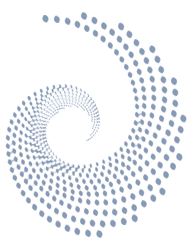Volume 10
Retrofitting Reinforced Concrete Buildings by Using Steel Bracing
Authors
Esraa Alkhayyat, Giray Ozay
Abstract
Earthquakes have caused significant physical and psychological damage, with injuries and deaths often resulting from falling objects, flying glass, and collapsing walls. Existing reinforced concrete structures may not be seismically resistant due to their nonductile features. Strengthening is needed to reduce seismic risk and improve seismic performance. Among various methods, steel bracing is popular for strengthening structures, achieving resistance to lateral loads and maintaining lateral load stability. Steel bracing offers advantages over other methods, including lower costs, ease of construction, and reduced space requirements. The study compares the seismic performance levels, capacity curves, target displacement, elastic stiffness, base shear, and displacement of eccentric and concentric bracing types (V-bracing, Inverted V-bracing, and Diagonal Bracing) under different brace layout patterns. Using the SeismoStruct program, the best bracing seismic action will be determined for 3D-modeled buildings with four, six, eight, and fifteen stories. This study aims to comparatively analyze eccentric and concentric bracing types under various brace layouts for different building heights using SeismoStruct, in alignment with the 2018 Turkish Earthquake Code. Pushover analysis revealed that inverted-V concentric braced frames (CBF) significantly improved shear loads by about 87% in four-story buildings and maintained high performance in six, eight, and fifteen-story buildings.
Keyword: Steel bracing, Pushover analysis, Concentrically braced frame, Eccentrically braced frame.
PDF [ 1134.38 Kb ] | Endnote File | XML


